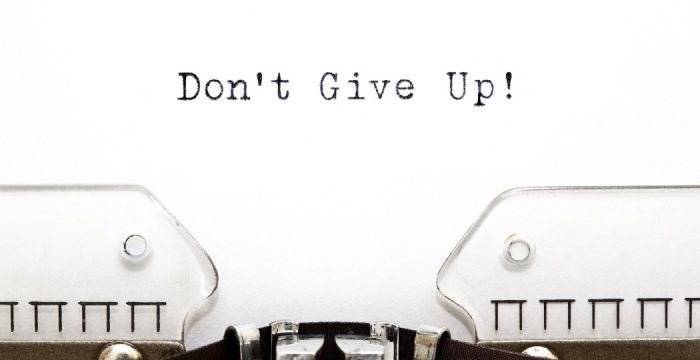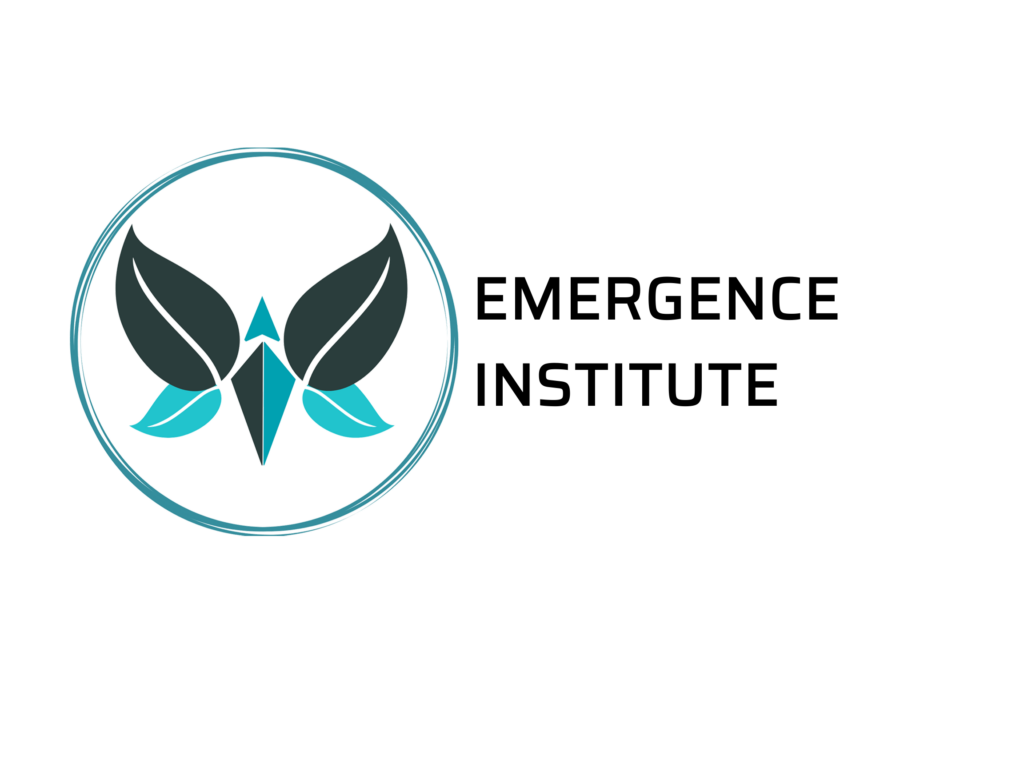Why Failing is Better than Flailing

How many days in the past few months did you wonder what else could possibly go wrong, and then it did?
Obviously, 2020 would be a year of those days.
And yet, as the self-proclaimed Queen of Silver Linings, I just keep-on-keeping-on using this debacle-filled year to stretch my wings and Fail.
Yes, I said Fail.
I no longer try to protect myself from failures, because they’re the result of trying something new that leads to the next thing that will eventually be the thing where I get it right.
Reframing Failure
Over the course of my life, the one where I started out playing the part as a victim to life’s circumstances, I had to learn to see the world through a different set of lenses to stay alive.
Then I learned to enjoy life. Then to thrive.
It’s been a sequence of mindset shifts from victimhood and failure to knowing that anything is possible.
And in the process I’ve learned to reframe every seeming challenge into a golden opportunity. To use each debacle as doorway to what’s next.
There’s an art, truly, to this kind of life. And in this kind of artistry I’ve become a master of reframing failure. Creating right relationship with everything that happens in my life.
Most of us want success or innovation or the “next thing” to emerge without making the effort or taking the time to experience what’s in front of us.
Yet we have to deconstruct what’s here to let the next thing to emerge. It’s the laws of nature at work- whether it’s in your own life, society at large or globally.
You have to experience breakdown to reach breakthrough.
And no matter where you are in your career or entrepreneurial journey- there’s always another version of you that wants to be birthed that may just cause you to flail a bit (or scare the bejeezus out of you.)
So how can you do failure right?
Unintentional Failures
Sometimes my failures are unintentional.
Oops, oh well..
Like the planned speaking tour after my book launch that didn’t happen as the pandemic got into full swing.
Or a product I launched in 2019. That wasn’t a failure as much as a loss leader. While clients received great value, it was a heavy lift for me and didn’t produce much revenue.
Or the hacking and destruction of my former website in April after my book launch. Attempts to resurrect? Complete fail.
Allowing unintentional failures to work for you means letting go of the shame, doubt, gult that notoriously pop in and just letting in the vulnerability that you’re human. Then letting in what wants to happen next, magically (because it always does.)
And I’ve learned to laugh a lot, be curious, and use the word “fascinating.”
When life is fascinating, nothing feels like a failure because you’re always learning.
Intentional Failures or Planned Experiments
And some failures are intentional experiments that have some probability of not succeeding. I call these Planned Experiments.
Planned Experiments may look like failures if you’re imagining potential negative reactions of your colleagues or potential customers, or doing promotions that don’t get any response.
I had a number of 2020 experiments that failed:
- The launch of a digital course early in 2020. Planned low risk experiment. Failed.
- Slow website rebuild after hacking. High risk experiment. Failed [though I do now have a pretty awesome fairly complete website– check it out.]
- Collaboration with a new coaching app that invited me to share content. Great people, good idea, but there was more benefit for them than for me. Moderate risk experiment. Failed for now.
The next step we’re pushed to take is always scary.
We’re intimidated by the prospect of failing.
Of looking the fool, or being shamed because it didn’t appear as “success.”
And, in my humble opinion (as one who’s failed at many things in my personal and professional life),
You can’t get it right if you don’t start. And while starting usually leads to failing, failing is always better than flailing.
The risks of NOT experimenting with the next version of you that wants to come alive — a role, a career, a product, OR a new relationship — means that you’ve succumbed to inertia.
Inertia is the nemesis of evolution.
Failing leads to recognition of a misdirected or miscalculated action.
Then to a reimagining, then a pivot, then a new action.
Flailing is thrashing around. Moving wildly, or almost not at all. It leads to unfocused and aberrant activity, often creating more disturbance than direction, yielding more chaos and emotional or psychic clutter than calm or clarity.
We all do it when we’re trying to figure out what’s next, if we don’t have a GPS or an inner throughline guiding us in the right direction.
Flailing yields a tangled mess, plus the byproducts of shame, guilt and doubt about your capacity to produce anything. Solely because you didn’t take a step forward.
The fear of failure can strangle you.
What’s Your Strategy?
So whatever you imagine is next for you, how is it going for you in birthing that?
Are you taking steps forward, and perhaps failing, and failing again, until you get it right?
Or have you let inertia grab you by the seat of your pants so your next idea or innovation or the next version of you never sees the daylight?
Mastering the Art of Failing
I’m proud of my track record of failing now.
It means I jumped in the deep end of a cold pool and started swimming.
But talking yourself into the chilly water when it’s cold outside isn’t easy unless you know you’ll eventually warm up.
Once you’ve failed, you begin to master the art of reframing failure as planned experimentation.
Planned Experimentation requires:
- Clarity to know what direction you should start out,
- Agility to know when and how to redirect your energy,
- Resilience to handle the feedback that’s needed to help you pivot, and
- A Possibility mindset to bring to life the vision you hold.
Planned experimentation also requires that you allow a bit of magic and mystery into the equation, which gives the uncertainty a flair, which is much better than a flail.
Put Your Toe in the Water
Here are some tricks to get in when the water’s cold.
- Create deeper clarity about your purpose and vision so you’re creating optimal conditions for your launch pad
- Create a panel of peers who can give you feedback about your idea or product; integrate the feedback that feels right to you (not all of it will; use your intuition.)
- Do a pre-pilot or alpha phase launch, before the real experiment or beta-phase begins. All feedback is good feedback; zero feedback can lead to wasted resources
- Chunk the product development process into bite-size tasks that one of my mentors called a “momentum chain” so you can see your forward motion and not get stuck in too-big steps
- Frequently revisit your purpose and vision to inspire you to keep experimenting in the face of the need for frequent pivots
Knowing WHY you’re working toward a goal helps you stay the course of your experimentation, and stay aligned with your purpose and market needs.
And lastly…
- Envision the outcomes of your planned experiment. Who are the real-life beneficiaries in your mind’s eye?
Who will you impact by treading in the deep end til you can swim easily?
Final Thoughts
It’s never too late to start.
There are no wrong turns.
You are always on purpose, more or less.
There’s always another way, if you’ve lost your way.
The magic of synchronicity will only show up if you take the first step. And the next one.
Join Me in a Planned Experiment
And I have a doozy of a planned experiment you should join.
And here’s the beauty of joining a planned experiment. You can’t lose. Because whatever you suggest you need, I’ll do my best to satisfy (within reason.)
The world may be headed for a once-in-a-lifetime shift in the next few months, though it doesn’t look to be more certain or stable. We’ll all face more deconstruction, which means we need a compass and support systems for our new orientation.
So join me in this early experiment of a new type of community, designed to create the optimal conditions for YOU to succeed.
I’ve studied the interface between humans and organizations for 30+ years, and I feel pretty clear about what it takes to accelerate the evolution of human and organizational development so that we can create the innovations needed for the next stage of humanity and the planet.
And it’s an experiment, and I need co-creators to do this with!
So I’m making it easy. This is a low-risk experiment for us both.
Join me in the Purpose Creators Community if you want to see what planned experiments and me being scared look like, so you don’t feel alone. I’m happy to share my bold and scary steps with you.
It’s a very low investment for you til 12/31/20 (FREE trial period then $20/month), and by then I’ll (hopefully) have figured out how to make it a no-risk investment for both of us. OR keep failing upward and we’ll all learn bunches of stuff in the meantime!
Act NOW to be a founding member of the Purpose Creators Community and get lifetime access at the lowest rate ever, plus discounts on courses and other offers.

